Table of contents
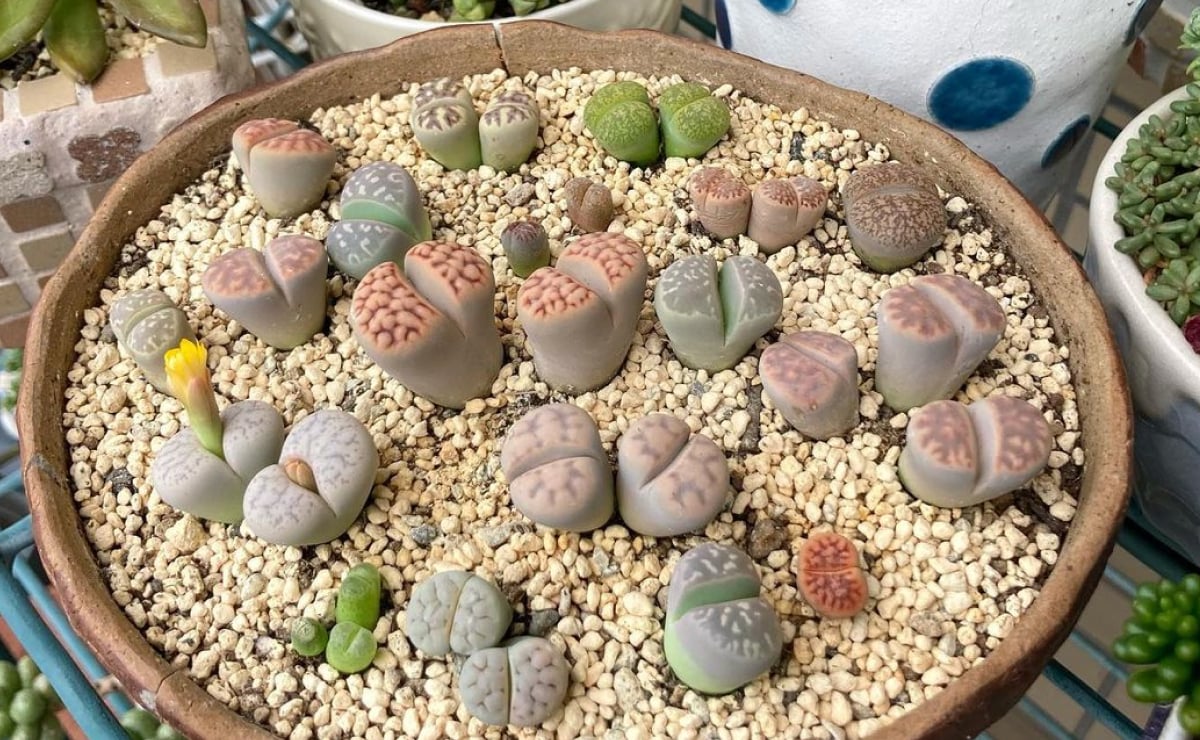
With a very distinctive shape, reminiscent of a rock, lithops is a type of succulent. There are thousands of species, varying in size, color, and texture:
What is Lithops succulent: the plant that looks like stone
The lithops is a type of succulent native to the arid regions of Africa. Each specimen usually has two pairs of leaves united at its base and a small cleft between them. Like its name, which comes from Greek and means "stone face," the lithops has a rocky appearance. It camouflages itself easily in the soil, which is why it is popularly known as the living stone or stone plant. The seedlingscommon ones cost around R$30, but specimens of rarer species of the genus can cost upwards of R$100.
How to care for lithops: tips for growing at home
Growing this little plant can be as much fun as it is challenging:
- Lighting: It should be grown in bright locations, and if it receives direct sunlight, it should be in the morning.
- Watering: When new leaves appear and until the end of the process of replacing the old ones, watering should be cut. The plant should also not be watered during the winter. In the other periods, watering can be done once a week, but only if the soil is dry.
- Substrate: A sandy substrate is recommended, with a mixture of vegetal soil, sand, and perlite. The soil should also be well drained to avoid water accumulation.
- Fertilization: lithops are dry-climate and nutrient-poor soil plants, so they are not very demanding when it comes to fertilizing.
- Pests and diseases: Excessive water is the main cause of diseases in this type of plant. Excessive humidity can favor the appearance of pests and cause root rot. Lithops can also suffer with the attack of mites, to combat them, use products with Neem oil.
- Change: Unlike many succulents, lithops seedlings cannot be made by the leaf. The easiest way to obtain a new seedling is by acquiring seeds. You can buy them, but it is also possible to obtain them by hand pollination between two flowering plants.
- Flowering: The flowers vary in type and can be yellow, white, or orange. They open on sunny days, close in the early evening, and last for about 5 days.
In general, the care is simple and similar to other types of succulents. It is important to pay attention to the climatic conditions of your region, the amount of water, as well as to monitor the development of the plant. That way you will have a good blooming crop!
Learn more about lithops and grow this rare succulent
In addition to the care tips already presented, you can find out several ways to grow and more important information about this little plant by watching the videos below:
How to assemble a lithops basin
Lithops look great grown in sets - you can plant several in the same pot. Here's how to ensure good drainage in the pot, follow along with preparation of an appropriate substrate, and find out how to plant properly. Also, check out more tips for growing these succulents.
How to grow lithops with akadama
The video shows a Japanese substrate, known as akadama, which does not retain humidity and is great for this plant. Also, find out what are the best places to put your pot.
How to plant lithops seeds
One way to start growing lithops is from their seeds. In the video, you will follow the step-by-step instructions for planting and successfully germinating your new seedlings. Although simple, this method requires patience to follow the development of the plant.
When to water the lithops?
In this video, you will understand the needs of the plant. Take advantage of the tips to understand when to water or not to water your stone plant!
Despite being easy to grow, lithops require a little more attention and patience than other plants. However, with all these tips and information, you can already set up a mini garden in a pot. In the next topic, see inspirations:
See_also: Hanging desk: 60 compact models to optimize space10 pictures of lithops that will make you want one
Small and amazing looking, lithops will be a hit among your garden plants. See pictures and be amazed by the beautiful specimens of this little plant:
1. there are several species of lithops
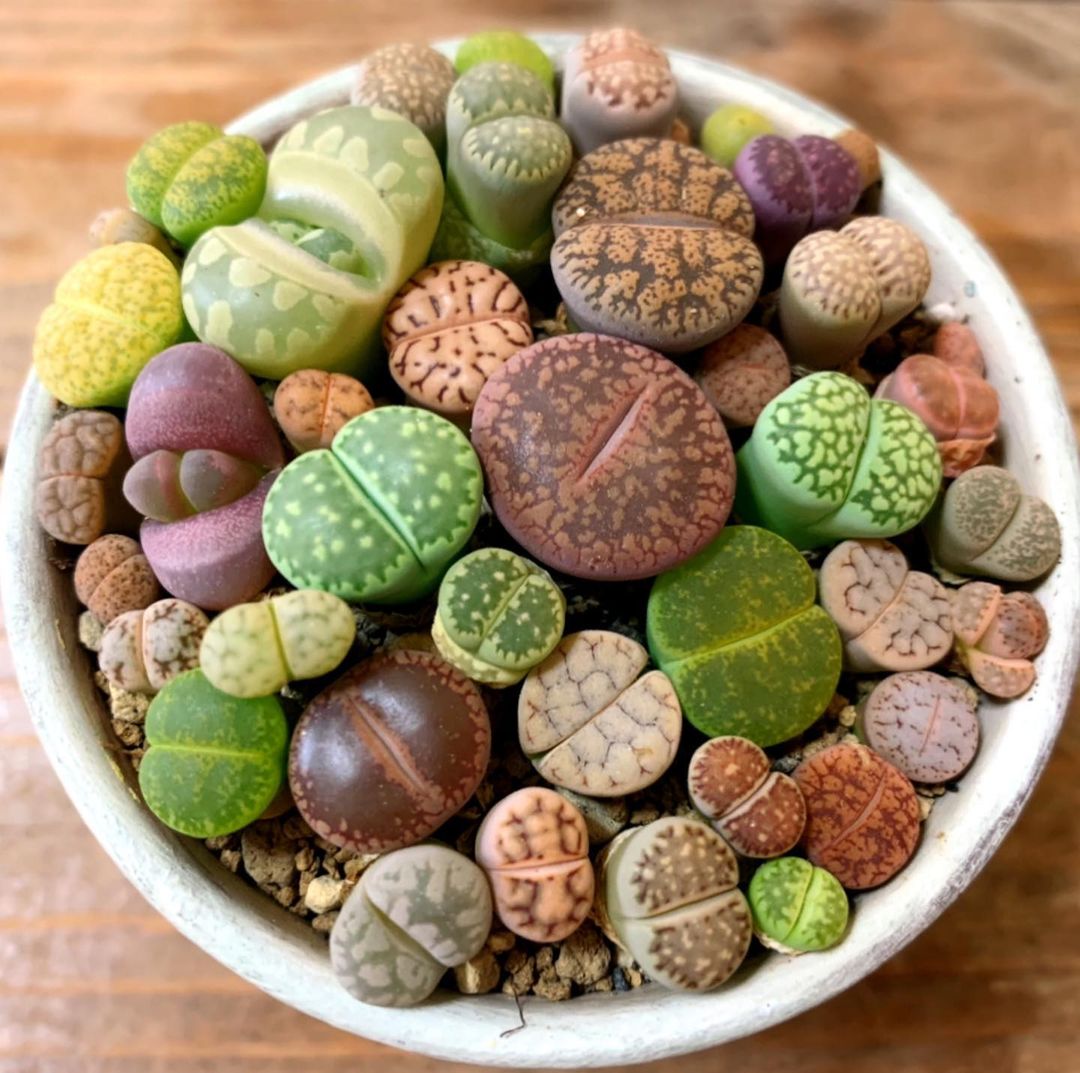
2. small plants resemble stones
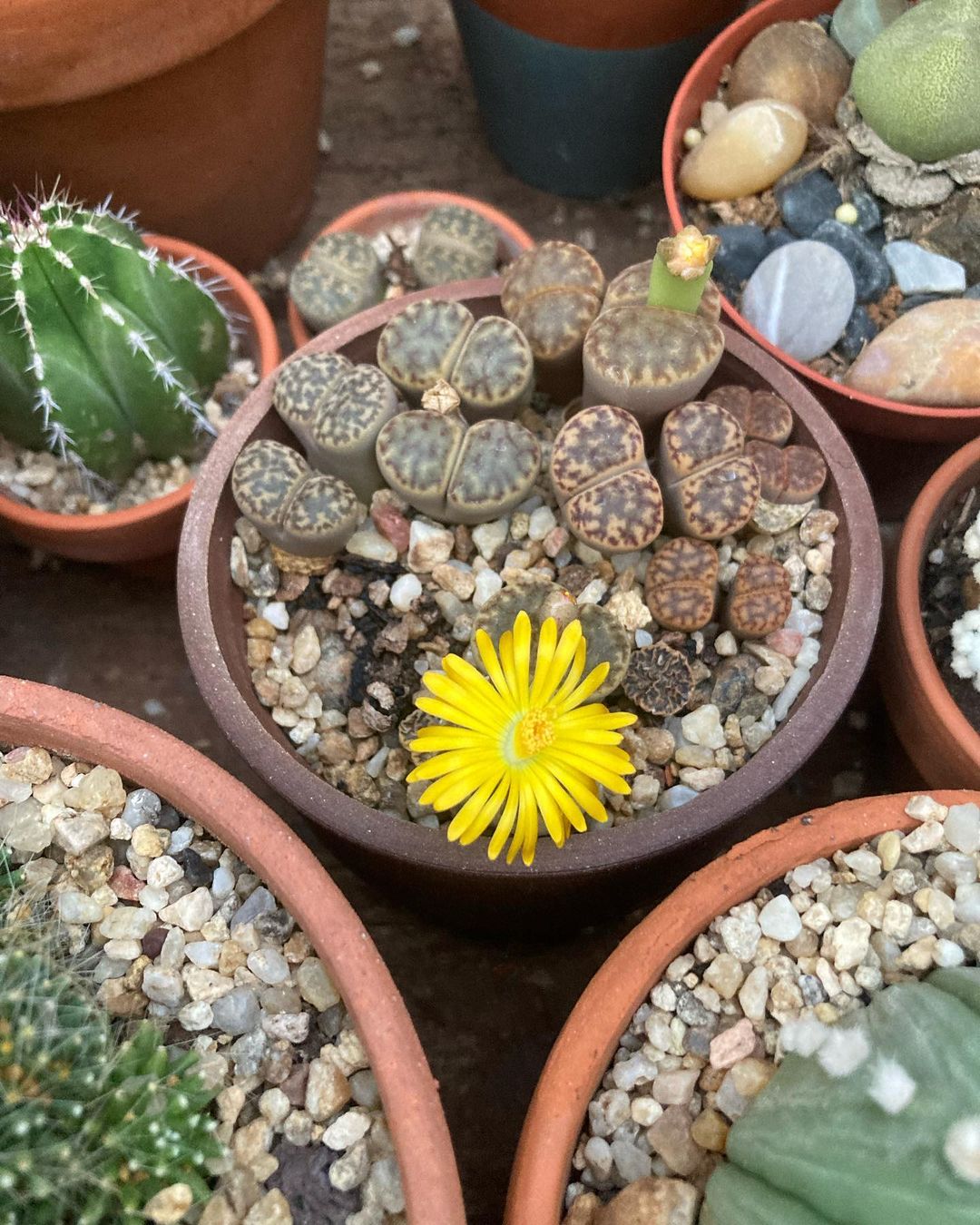
3. they enchant with various colors
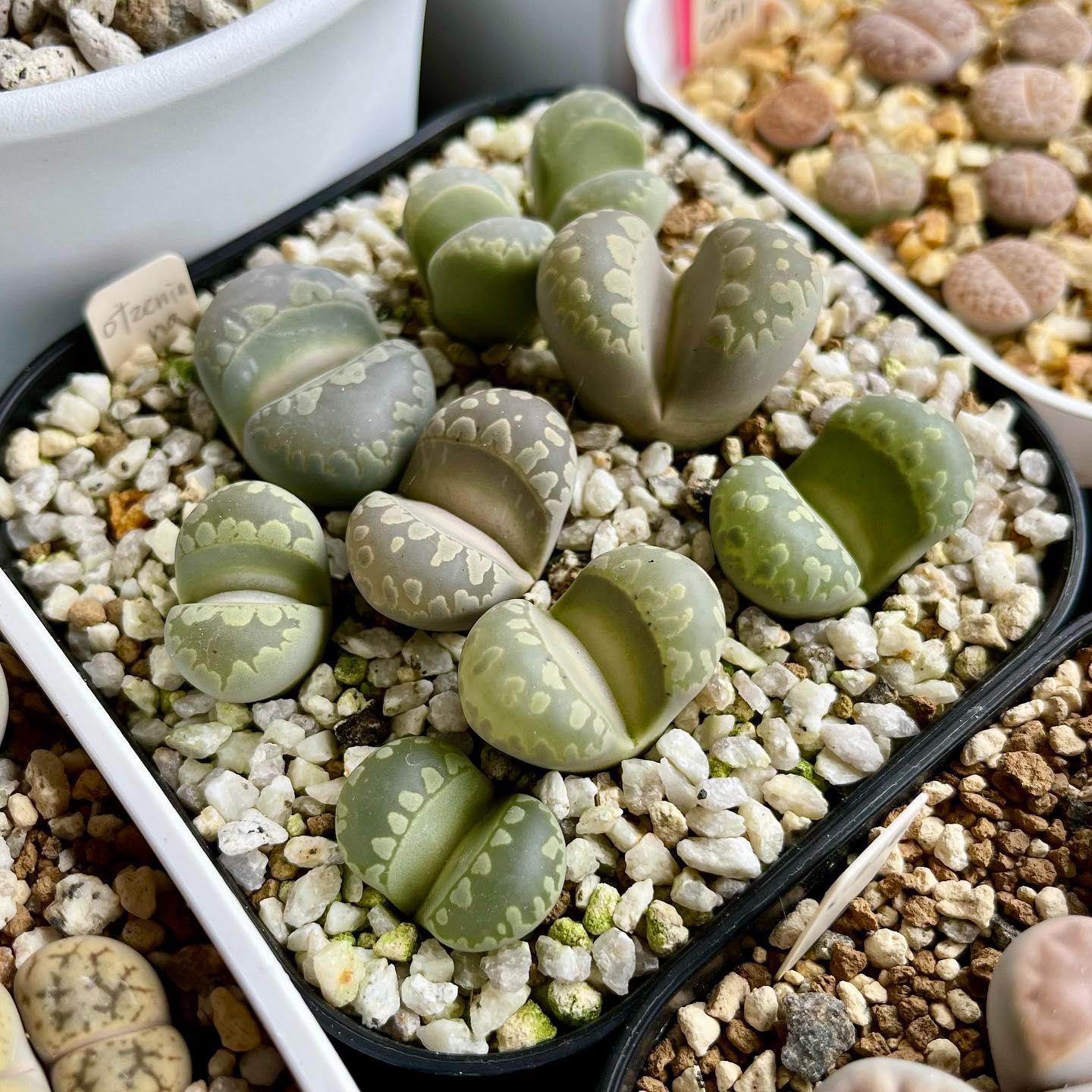
4. and cause fascination with an unusual shape
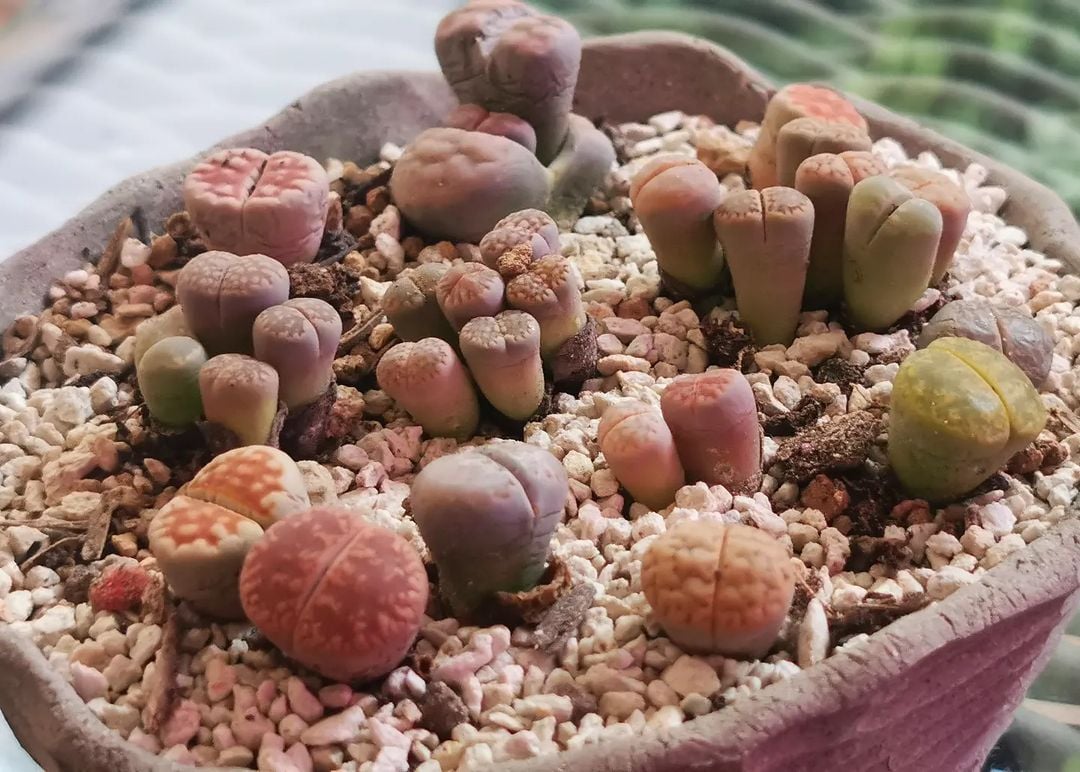
5. there are delicate specimens with surprising designs
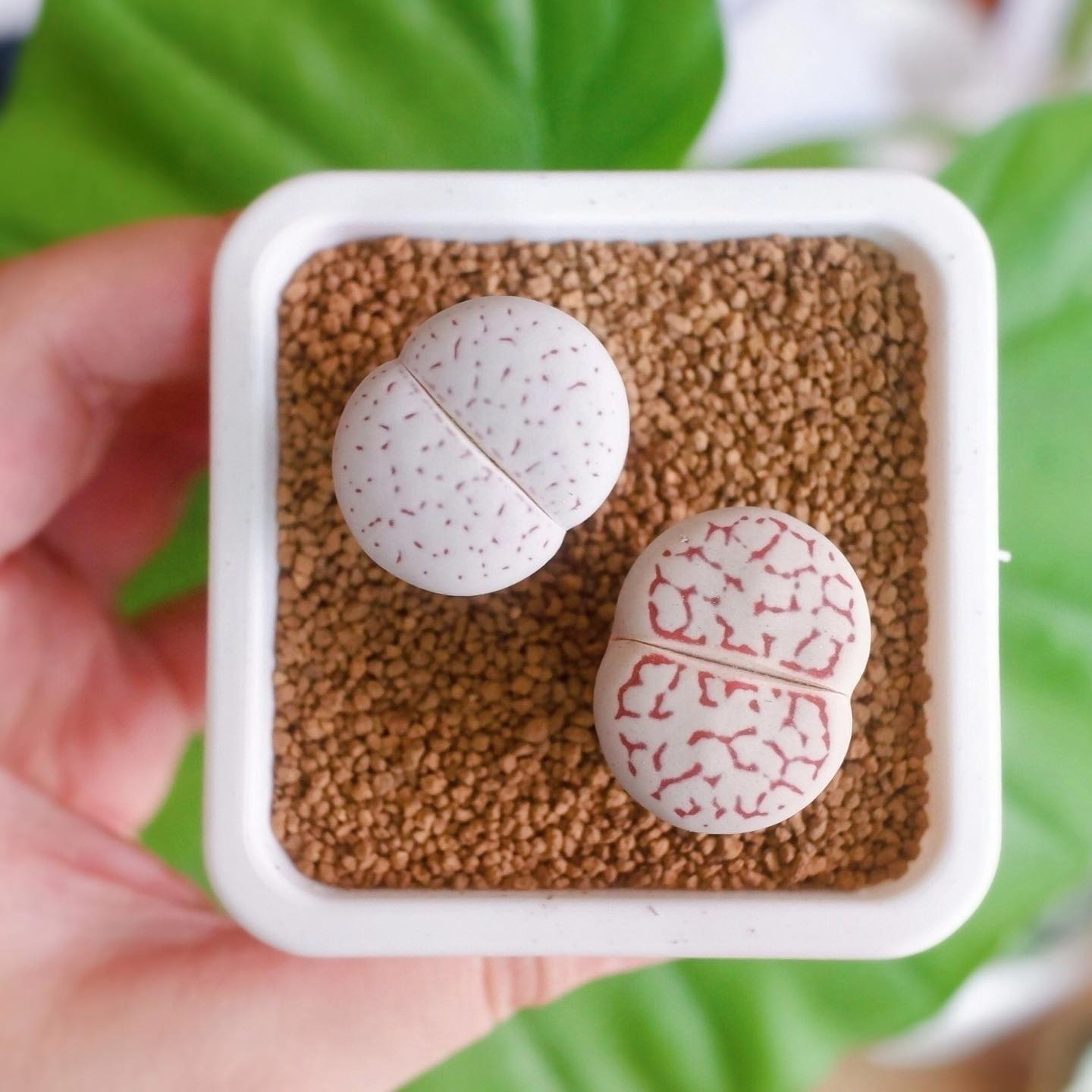
6. flowers that conquer all plant lovers
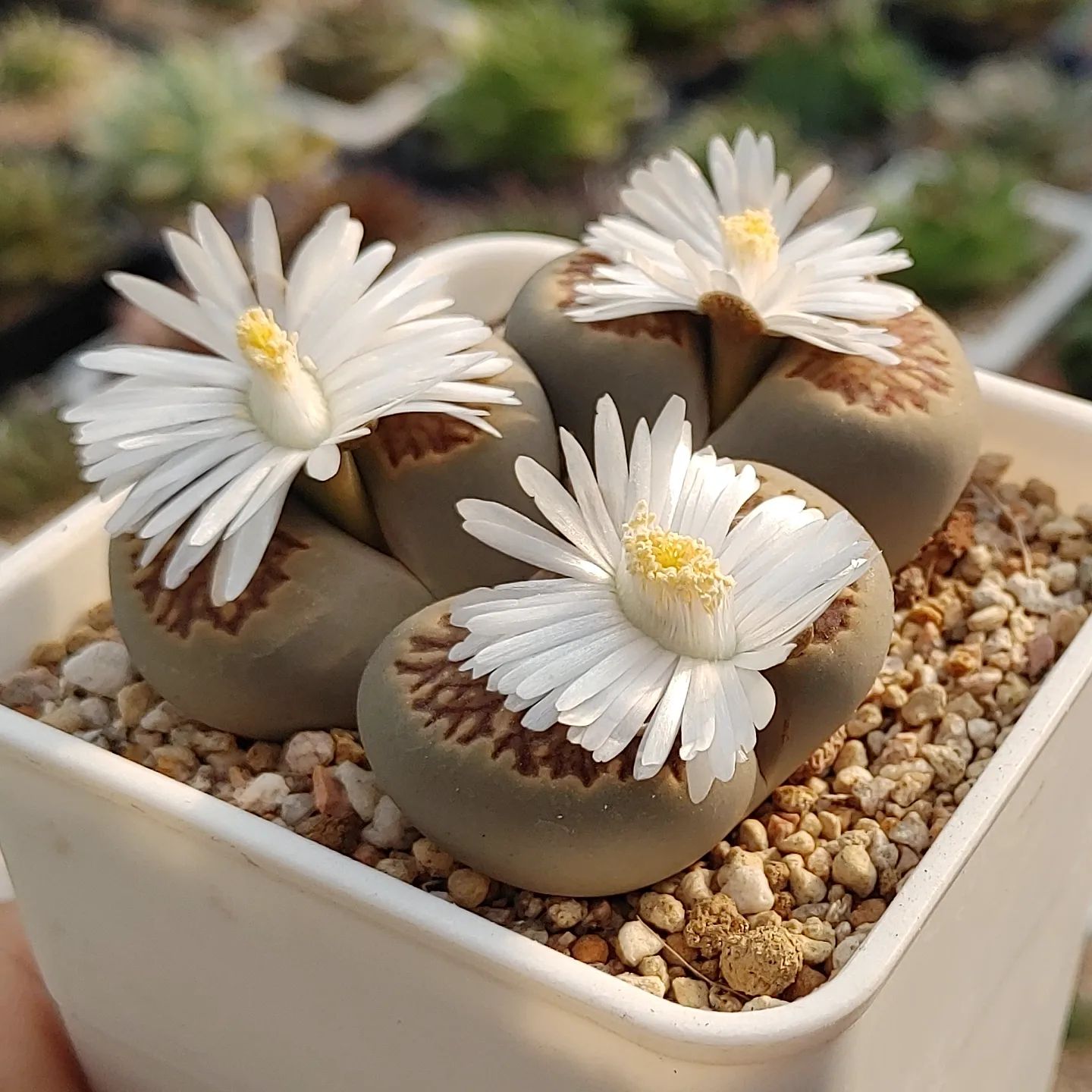
7. you can grow several in the same pot
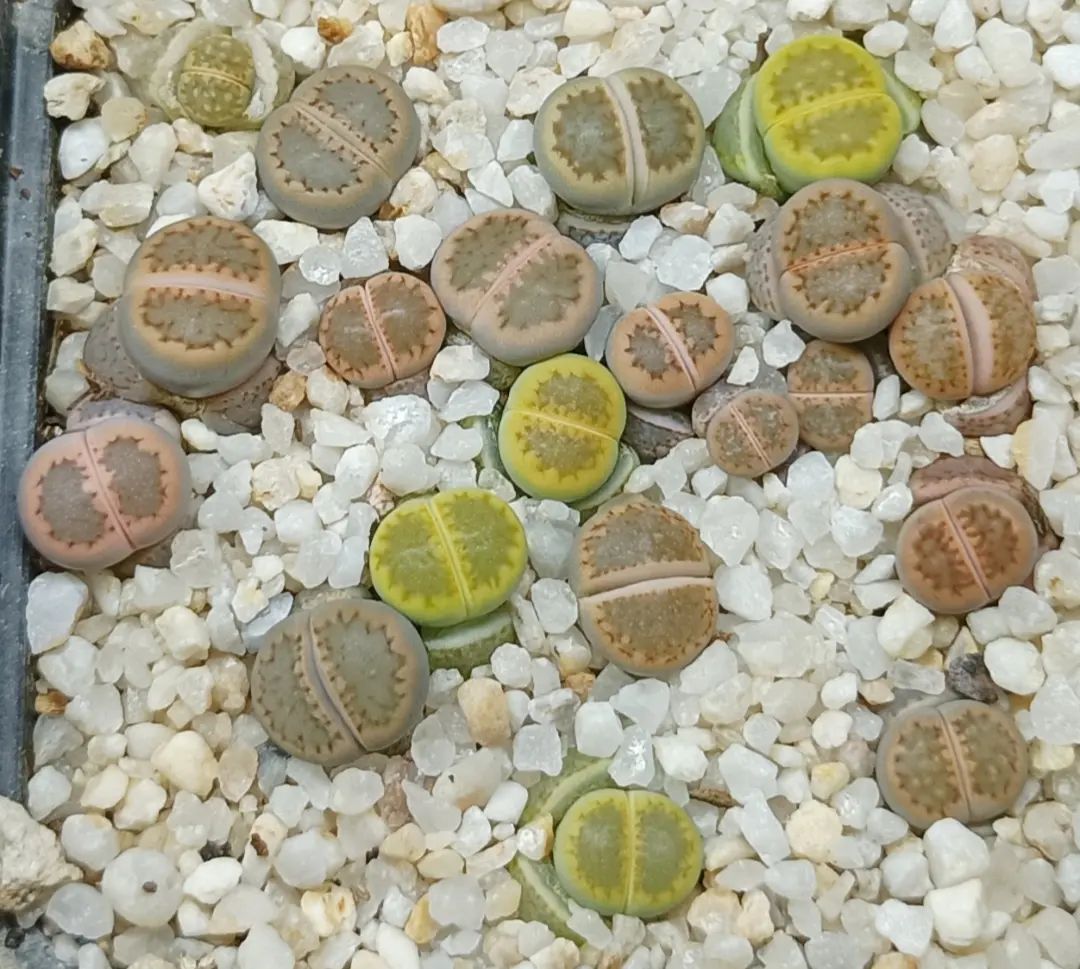
8. and set up a colorful mini-garden
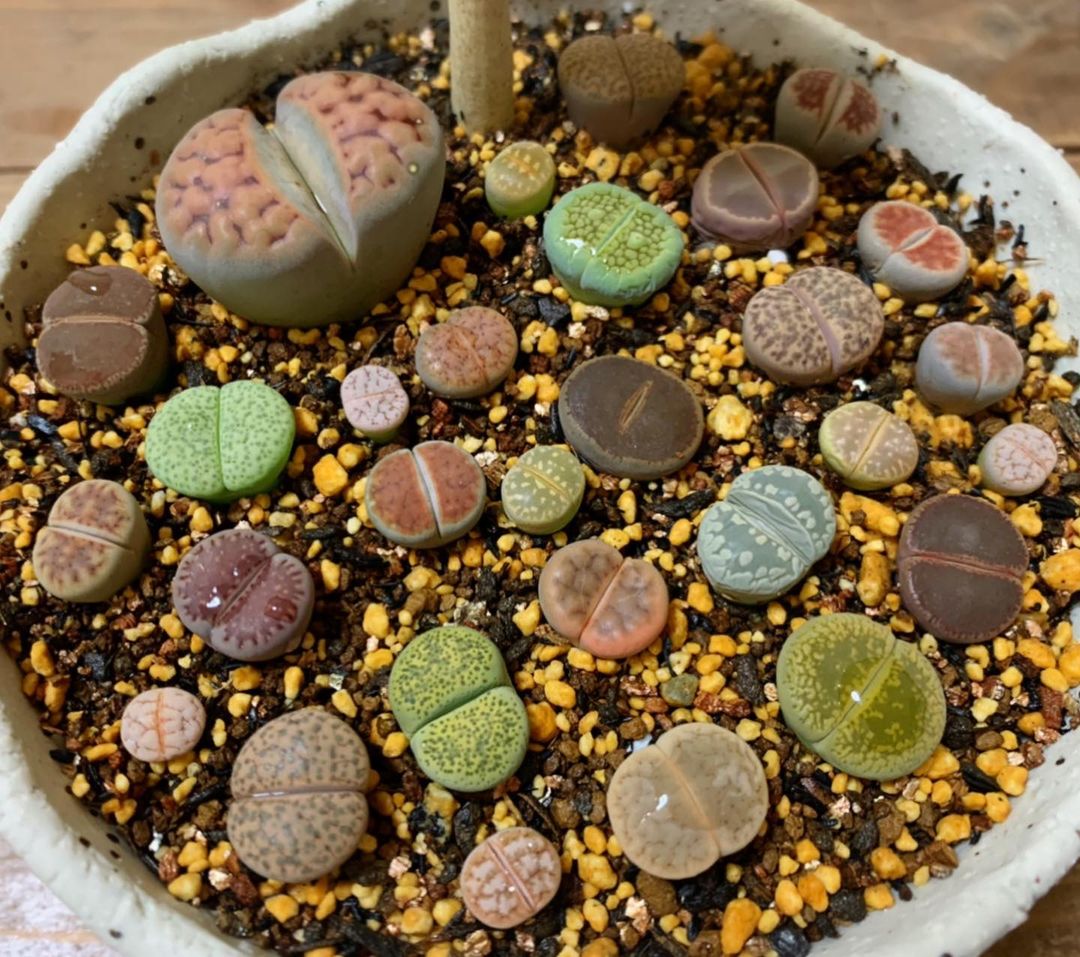
9. its camouflage power is amazing
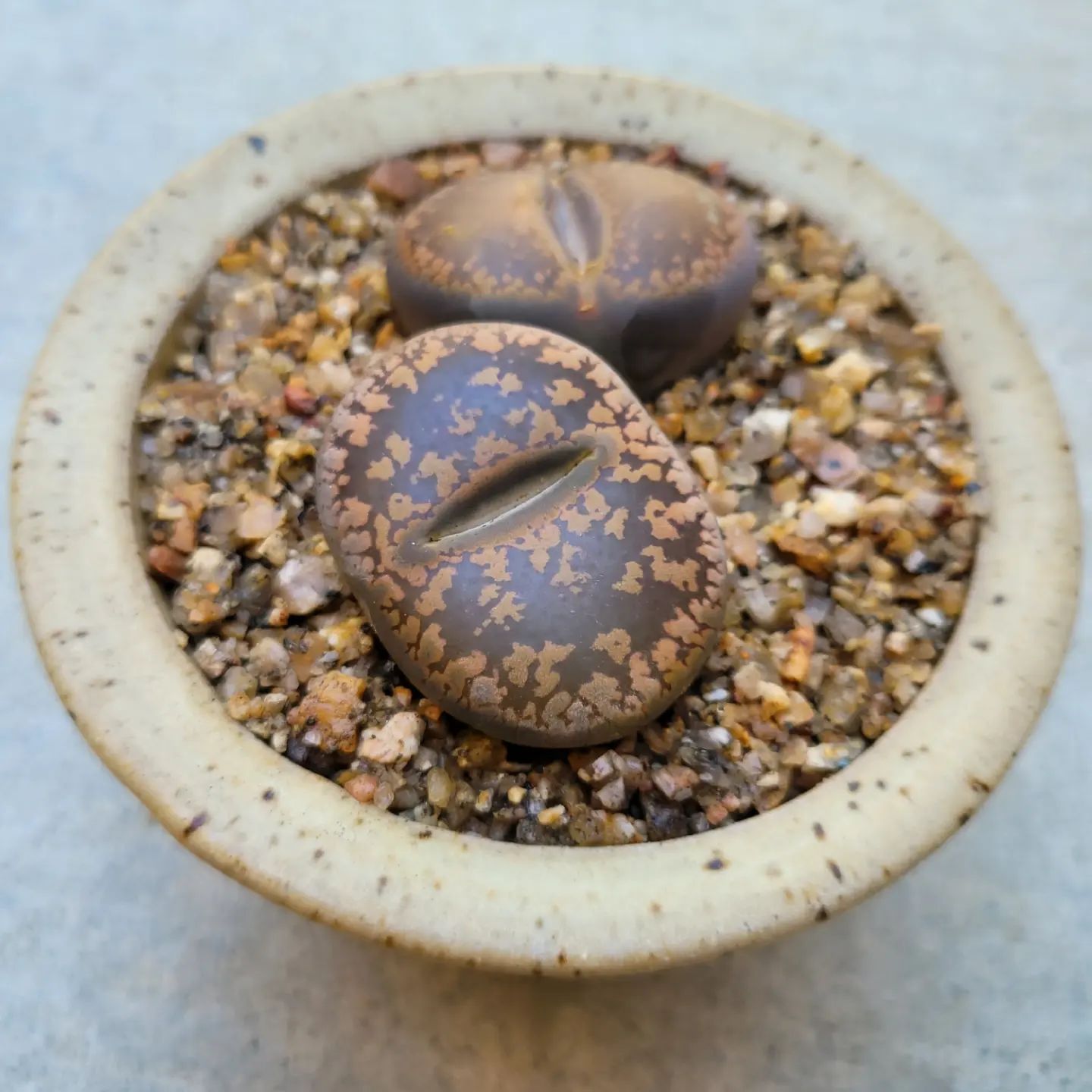
10. surrender to the exotic charm of lithops!
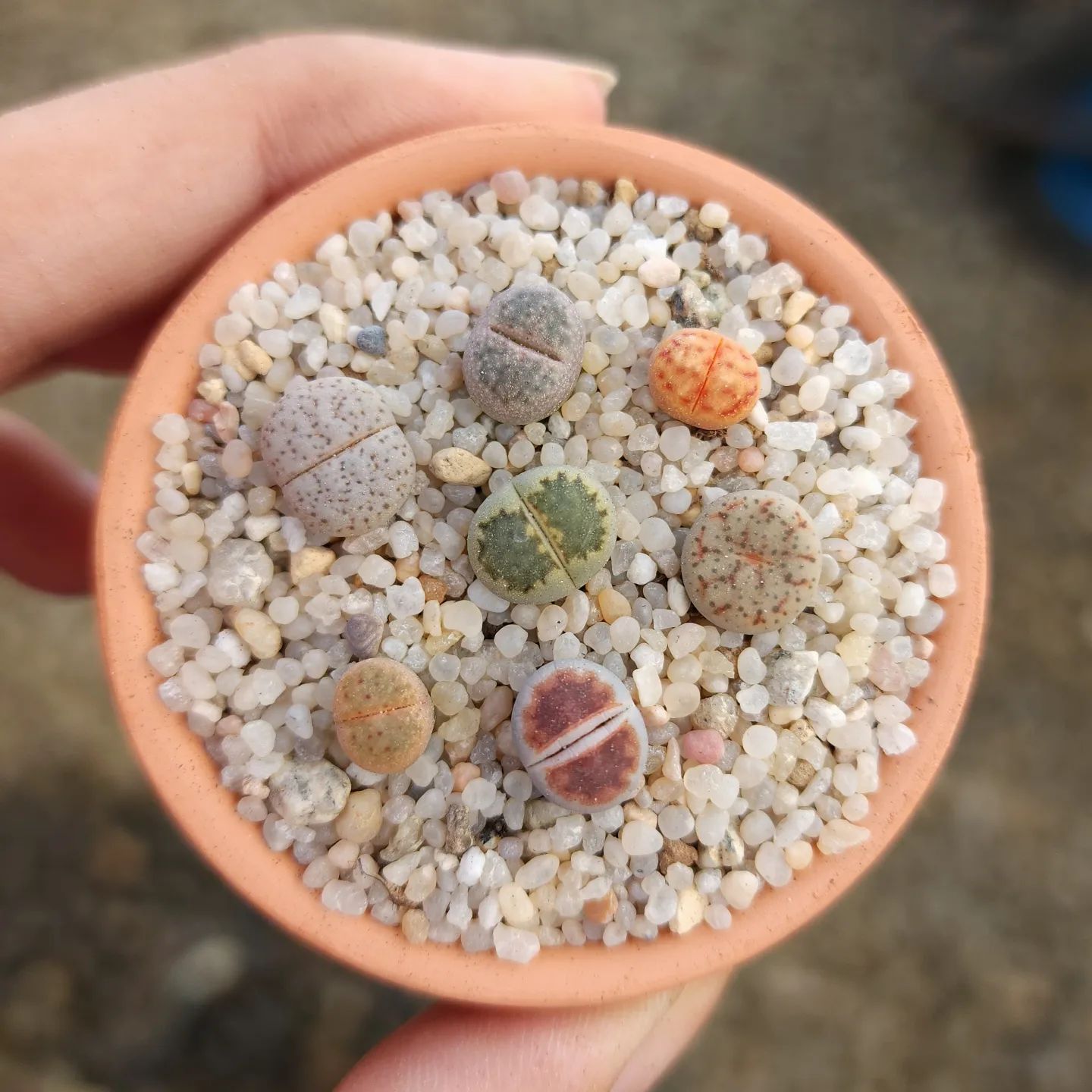
There are several species of lithops, which surprise with different shapes, colors, and textures. There are so many options that you will love to start a new collection! Take advantage and also see suggestions for hanging succulents to decorate your home.
See_also: Beautiful 18th birthday cake templates and how to make one to celebrate the date

